In 1937, the serene Basque town of Guernica found itself thrust into the annals of history, etched in a tableau of tragedy that resonated across the world. The aerial bombardment that wreaked havoc on this unsuspecting locale did more than obliterate structures; it struck a profound chord within Pablo Picasso, prompting a visceral artistic response that would transcend the immediacy of its violent muse. ‘Guernica’, Picasso’s arresting masterpiece, emerged amidst a tumultuous landscape of political upheaval and social unrest, encapsulating the horrors of the Spanish Civil War in a haunting symbiosis of form and function. This essay ventures into the depths of ‘Guernica’s’ inception, unravelling the complex historical tapestry that set the stage for its creation and examining the potent fusion of symbolism and suffering within its monochromatic palette.
Historical Context of Guernica
The Genesis of Guernica: Unveiling Picasso’s Motivation
In the realm of 20th-century art, few pieces can claim the poignant impact or political significance of Pablo Picasso’s Guernica. This monochromatic mural captures the raw emotions and brutal reality of the tragedies brought forth by war. Its creation was a direct response to a particularly harrowing event in the history of the Spanish Civil War—the bombing of Guernica, a small Basque town.
On the 26th of April, 1937, German and Italian warplanes, at the behest of Nationalist forces, unleashed their ordnance upon Guernica. This onslaught wreaked immense destruction and led to numerous civilian casualties. It was an attempt to sow terror and it served as a chilling precursor to the savage capabilities of total warfare that would soon engulf the entire European continent.
Picasso, though living in France at the time, was deeply affected by the news of Guernica’s decimation. A Spaniard by birth, his reaction to this ignominious act of aggression was intensely personal. The commission for a mural by the Spanish Republican government for the 1937 International Exposition in Paris provided him with a platform to voice his shock and disapproval. Here was an opportunity for Picasso to utilise his formidable artistic talents to cast light on the horrors of war and to stand as a bold statement against the fascist ideology ravaging his homeland.
The artwork itself is a tapestry of suffering: figures contorted in agony, symbolic animals, and a pervasive sense of chaos capture the essence of that which words often fail to convey. Guernica’s significance is amplified by its lack of colour, relying on stark shades of grey, black, and white to reflect the bleakness of its subject matter. This visual choice lays bare the rawness of the event, allowing viewers to engage with the painting on a visceral level, unhindered by the distractions of colour.
Picasso’s work communicates a universal anti-war message, transcending the specific historical moment of the Spanish Civil War. It stands as a sombre reminder of the cost of conflict and the toll it takes on human lives, towns, and their culture. Guernica is more than a painting; it is a powerful historical document, an enduring symbol of peace, and a masterful articulation of the artist’s fervent desire for a world freed from the shackles of war.
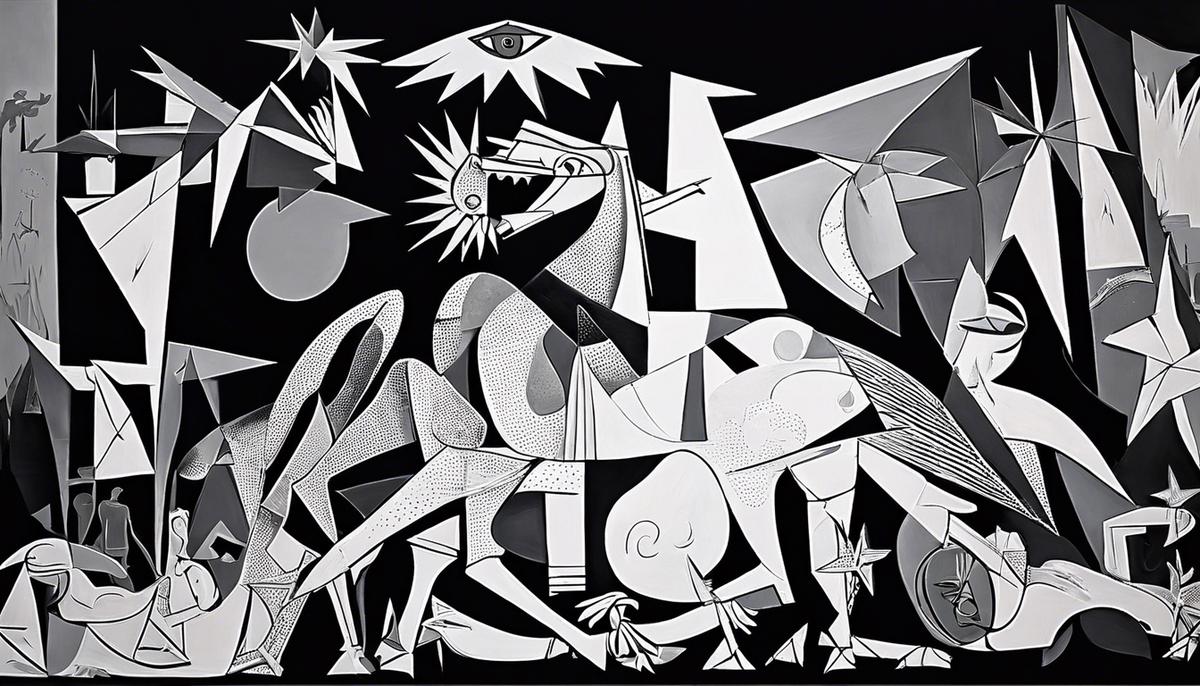
Symbolism and Interpretation of Guernica
Delving further into the profound depths of symbolism in Pablo Picasso’s masterwork, “Guernica,” one encounters layers that transcend the immediate responses of shock and despair, intricately stitched with the threads of human psychology and political commentary.
Quite notably, the piecemeal dismemberment and scattering of figures within this canvas echo the very disintegration of society in the wake of conflict. The severed limbs, contorted forms, and fragmented visages are not merely representations of physical casualties; they are emblematic of the breakdown of familial bonds, communal structures, and societal cohesion that warfare invariably incites.
Moreover, the presence and positioning of animals in “Guernica” merit particular contemplation. The bull and horse, central to the turmoil, are heavily laden with symbolism; the former has often been debated as a representation of brutish force or the Spanish people themselves, while the latter’s agony articulates an acute sense of universal suffering. Indeed, the horse’s tortured visage may be seen as a direct reflection of the anguish permeating the town of Guernica in the aftermath of its devastation.
Furthermore, the recurring motif of the eye, manifest in many iterations within the tableau—for instance, the light bulb (reminiscent of an unblinking eye) and the terrified eyes of the figures—serves as a poignant symbol for the omnipresent witness to the atrocity. One might perceive this as an analogy to the artist’s role in society: to observe and reflect the stark truths of the era, much like a conscience for the collective human enterprise.
Through the complex interplay of these many elements, “Guernica” communicates a resounding condemnation of militaristic aggression, while also encapsulating a plea for empathy and an insistent call to memory. The piece stands not only as a memorial of specific historical devastation but as a perpetual reminder of the catastrophic consequences rendered by wars upon the fabric of humanity.
This penetrating gaze into the layers of “Guernica” furnishes a glimpse into the psyche of an era fraught with turbulence and the enduring resonance of art as a vessel for the profoundest form of societal reflection. The symbolism embedded within the mural endures, guiding subsequent generations through the labyrinth of historical consciousness towards the ever-relevant pursuit of peace.
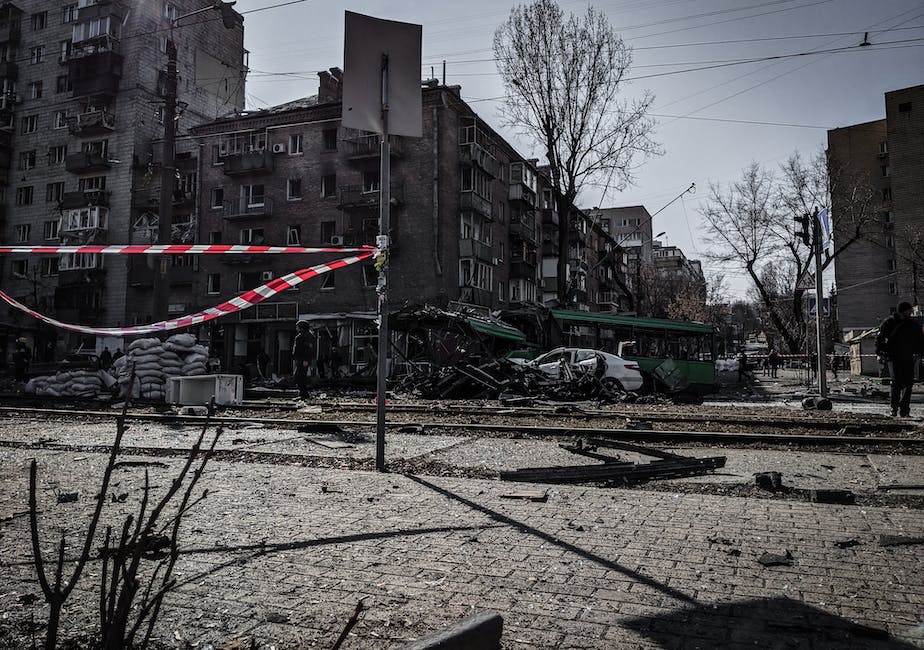
Guernica’s Influence and Global Reception
As we proceed to delve into Guernica’s multifaceted legacy, it is pertinent to discuss its extraordinary influence on various domains, especially within educational spheres and artistic endeavors. Pause to consider the manner in which this magnum opus propagates messages which transcend the confines of painting to embrace broader cultural and ethical dialogues.
The work has, without doubt, cemented its position as an educational tool, employed to awaken the moral conscience and stimulate discussion around the cost of conflict. Classrooms across the globe leverage the image of Guernica to broach subjects such as humanitarian law, civility, and history. The painting’s stark portrayal of devastation provides a springboard for discourse surrounding the impact of war on civilians, thereby shaping a more informed, considerate new generation.
In the realm of art, the repercussions of Guernica are robust and reverent. Artists have found in it a palpable inspiration, prompting them to create works that are rooted in conscientious activism. The shadow of Guernica looms large over contemporary art, influencing creators to marry aesthetics with a profound social consciousness, and urging them to probe and challenge the status quo.
Throughout subsequent wars and conflicts post-1937, replicas and re-interpretations of Guernica have been displayed as potent emblems of protest. Evidently, it occupies a rare tier whereby art transcends ornamental function and partakes vigorously in socio-political debate. Whether displayed at anti-war rallies or used as a reference in political art, Guernica’s presence is palpable, injecting a potent visual narrative into the discourse of peace and conflict.
Moving beyond didactic uses, Guernica resonates with potent force in the corridors of diplomacy and governance. It stands as a beacon of the inexorable links between culture, politics, and ethical governance, offering a sombre reminder to statecraft of the dire consequences wrought by military aggression. Its depiction stands as a stark warning and call to action for preservation of life and human dignity – a message that has echoed through the halls of the United Nations, where a tapestry iteration of the work was displayed before it was returned to its owners in 2021.
The conversation surrounding Guernica irrefutably extends towards peace studies and conflict resolution practices. Its representation of inhumanity has become an anchor for contemplation on the essence of reconciliation and the trajectory towards a compassionate society. Peace activists and scholars discern within its canvas, motifs that serve as a lexicon for articulating the searing necessity of conflict prevention and resolution.
Furthermore, considering the pervasive sway of digital platforms, Guernica remains highly relevant in modern discourses against violence and war propagated through social media. As an emblem of peace, it recurrently features in online campaigns and forms the visual lexicon for digital natives campaigning against current injustices reminiscent of the ’37 atrocity.
In sum, the echo of Picasso’s Guernica reverberates deep within and far beyond the artistic landscape. It has become a timeless fixture in the broader narrative of human experience – a narrative wrought with a desire for meaning, understanding, and most pertinently, the universal quest for peace. In this manner, Guernica persists, unabatedly gripping our collective consciousness, perpetually urging society to reflect, learn, and strive towards harmony.
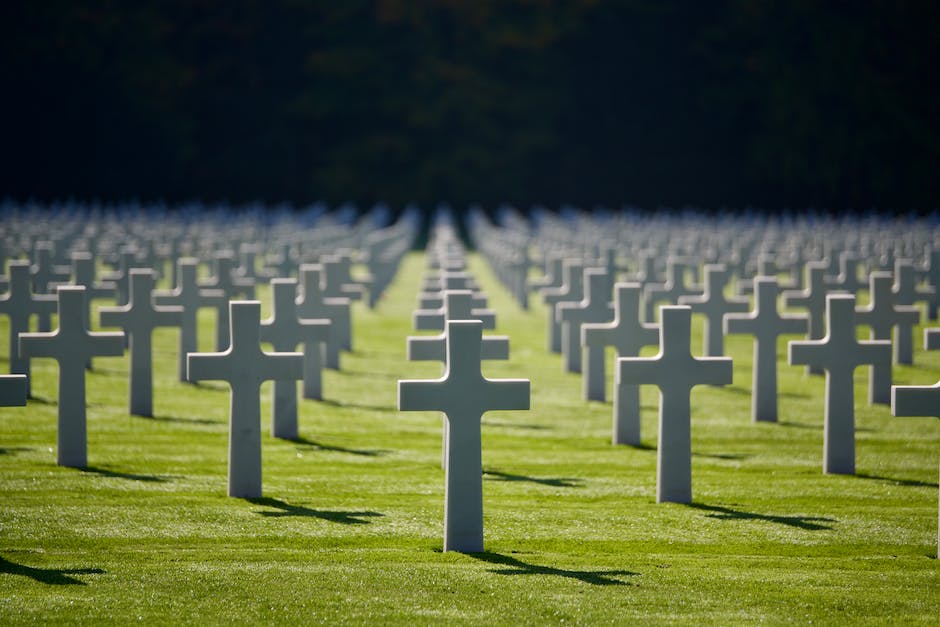
Conservation, Presentation, and Educational Outreach
Preservation of “Guernica”: A Multifaceted Approach to Safeguarding Masterpieces
In an era when cultural artefacts bear witness to the past’s tribulations, the preservation of “Guernica” is undertaken with meticulous care. Institutions responsible for its safekeeping employ advanced conservation techniques — encompassing controlled environmental conditions, such as regulated temperature and humidity levels, to forestall the degradation of the artwork. This is complemented by digital archiving, which involves high-resolution photography and three-dimensional scanning technology, ensuring that the minutiae of Picasso’s brushstrokes are captured for posterity.
Interpretive measures are equally imperative in maintaining the painting’s relevance. Educational programmes, which often include docent-led tours and interactive workshops, dissect the intricacies of “Guernica’s” visual narrative. They aim to elucidate the complexities of the work to viewers of all ages, sensitising them to the painting’s historical context and the broader implications of its anti-war sentiments.
Furthermore, scholarly research plays a seminal role in both the preservation and interpretation of “Guernica”. Academics and art historians continually reassess the work within the ambit of socio-political changes, contributing to a dynamic discourse that ensures the message remains pertinent across epochs. Through publication in journals and presentations at conferences, the latest findings on “Guernica” are disseminated within the intellectual community and beyond.
Museums and art galleries across the globe endeavour to embrace inclusivity in their presentation of “Guernica”. Multilingual descriptive plaques, audio guides, and interactive displays are a nod to the global audience that the masterpiece continues to attract. The seamless blend of education with technology allows “Guernica” to engage with a digitally-native audience, further extending its reach and impact.
Reimagining “Guernica” for the Modern Audience
Interactive digital exhibits have emerged as a frontier in rendering art more accessible. Immersive Augmented Reality (AR) experiences invite the audience to delve into the scene depicted by “Guernica”, thereby fostering a profound personal connection with the artwork’s emotive power. The incorporation of Virtual Reality (VR) technology is another stride towards interpreting “Guernica” in a contemporary milieu — allowing individuals to experience the anguish and chaos conveyed by Picasso in a palpably visceral fashion.
The adaptation of “Guernica” into curricula at various levels of education, from primary schools to universities, engrains its historical and moral lessons in the minds of young scholars. By examining the painting, students grapple with the grim realities of war and the enduring quest for peace — themes that are alarmingly relevant amidst current global tensions.
Finally, scholarly endeavours further enrich the multi-layered interpretation of “Guernica”. Seminal papers dissecting the painting’s influence on modern peace agreements or its role in shaping the attitudes of policymakers ensure that the artwork remains a fixture in contemporary sociopolitical discussions.
ConclusionUltimately, the preservation and interpretation of “Guernica” demand an orchestration of cutting-edge science, innovative technology, and incisive scholarship. This holistic approach seeks not only to conserve the tangible aspects of the painting but also to perpetuate its intangible essence. The result is an enduring legacy that continues to dialogue with and profoundly influence successive generations.
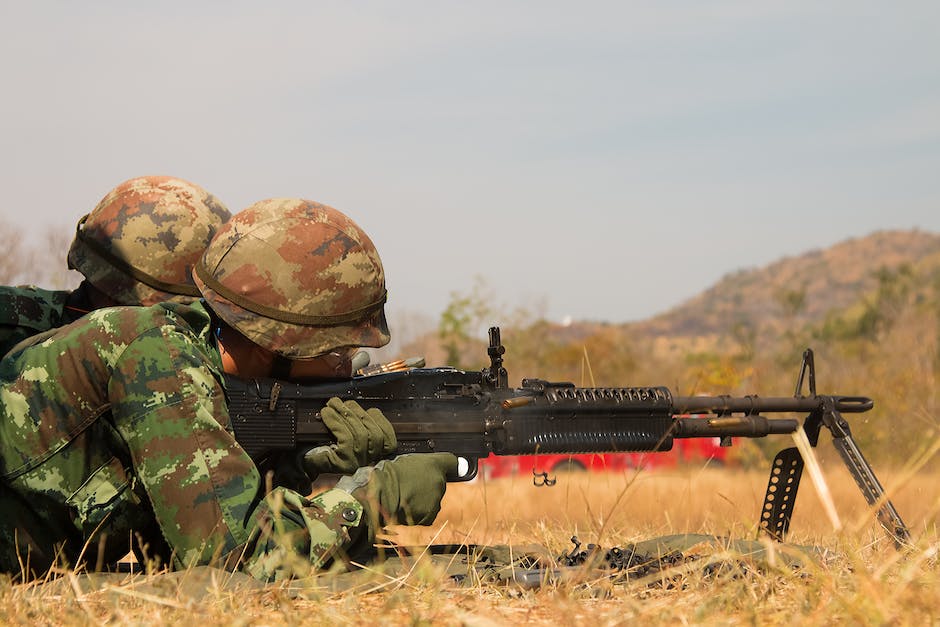
Analytical Techniques and Studies on Guernica
The Methodical Inquiry into “Guernica”: Analytical and Scientific Approaches
In the realm of art analysis, meticulous scientific methods have been employed to deepen our understanding of Pablo Picasso’s “Guernica”. This towering artifact from the 20th century not only encapsulates the anguish wrought by war but also stands as a beacon for technical scrutiny by academics and conservators alike.
High-Resolution Imaging and Spectroscopy
High-resolution photographic technologies, like gigapixel imaging, have been pivotal in revealing the intricate details and brushwork underneath the somber palette of “Guernica”. Furthermore, spectroscopic analysis has allowed scientists to investigate the painting’s material composition without the need for physical sampling. This non-invasive technique has brought to light the types of pigments and binders used by Picasso, which in turn assist in conservation efforts by determining the vulnerability of materials to degradation.
Structural Analysis and Stress Monitoring
The physical integrity of “Guernica” has been a subject of concern, given its large scale and the inherently fragile nature of canvas. Structural analyses permit the assessment of the framework and the canvas’s condition. Stress monitoring sensors placed discreetly within the painting’s housing monitor the fluctuation of environmental factors, such as temperature and humidity. These sensors help to ensure a stable environment that minimizes the expansion and contraction of materials, crucial in preventing the development of cracks or warp.
Infrared Reflectography and X-Radiography
Beneath the visible layers of “Guernica” lies a subtext of artistic process and revision. Infrared reflectography peers through the uppermost paint layers, exposing underdrawings and alterations, offering a chronological narrative of the work’s genesis. X-radiography gives a glimpse into the density of the materials used in the painting, highlighting Picasso’s varied application of paints and, occasionally, revealing artistry concealed by successive layers.
Computational Data Analysis
Harnessing the power of computational analysis, experts have created algorithms to dissect the spatial and compositional arrangements within “Guernica”. This objective quantification of elements allows an expanded view of Picasso’s technique, providing a rigorous interpretation of his symbolic distribution throughout the painting.
Chemical Ageing Studies
Understanding the long-term behaviour of the materials present in “Guernica” forms the bedrock of its preservation. Chemists have engaged in accelerated ageing studies to anticipate how the intersecting materials will interact over time. Predictive models of ageing, informed by these studies, support the conservation team’s decision-making process, establishing the safest methods for display and storage.
Public Engagement through Technology-enhanced Experiences
The dissemination of findings from scientific exams has been amplified through public engagement initiatives, employing advanced technologies. Interactive touchscreens and multimedia guides in proximity to “Guernica” allow for an immersive exploratory experience, sharing the rich tapestry of analytical insights with visitors from diverse backgrounds.
Conservation and Scientific Research Intersecting with the Public Sphere
Researchers and curators striving to safeguard “Guernica” also focus on the dialogue between scientific investigation and public education. The translation of technical understanding into accessible information ensures that the significance of this monumental work transcends academic boundaries, resonating deeply with a global constituency.
Each stride in the methodical study of “Guernica” fortifies our comprehension and augments the painting’s conservation, allowing this historic mural to persist as a testament to the atrocities of war and the perennial plea for peace. As scholars continue to unravel the secrets of “Guernica”, the fusion of art and science enlightens and educates, embodying an undeniable commitment to cultural heritage and interdisciplinary research.
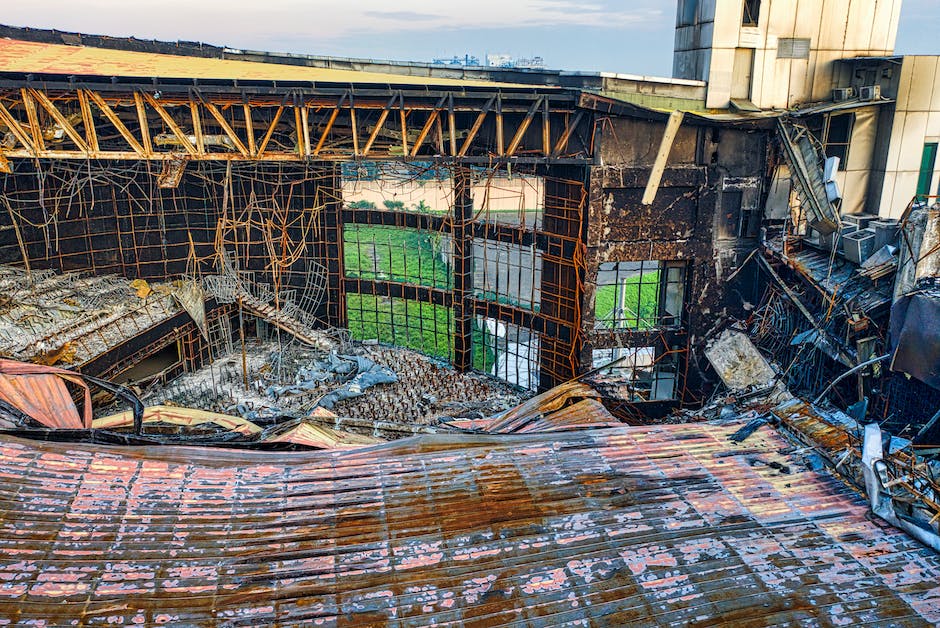
Through the intricate weave of Picasso’s brushstrokes and the stark reality they depict, ‘Guernica’ endures as a testament to the resilience of human spirit against the afflictions of war. Standing before the monumental canvas, one cannot help but be enveloped by the echoes of despair and the timeless plea for peace it embodies. As we partake in the rigour of its study and the solemnity of its conservation, we are reminded of the profound capacity of art to bear witness, to educate, and to catalyse reflection upon the pathos of our shared history. Thus, ‘Guernica’ maintains its position as an indelible icon, continuing to inspire generations to look beyond the canvas and confront the complexities of the human condition.























